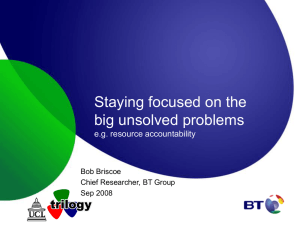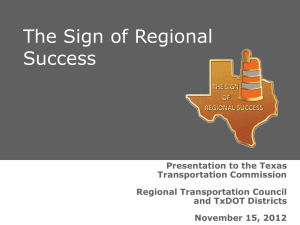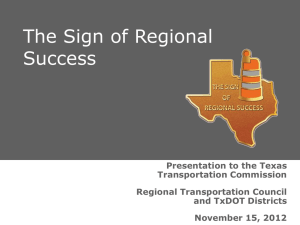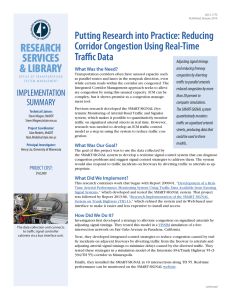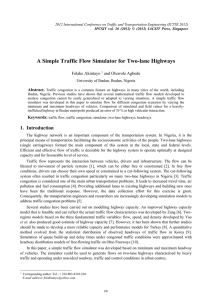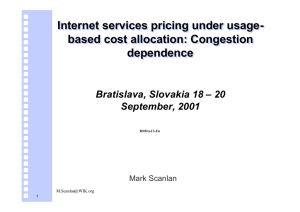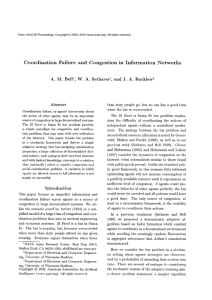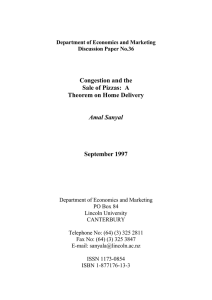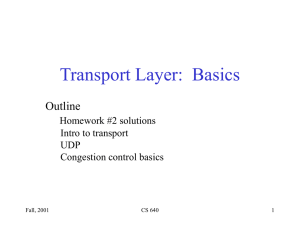Article #: 29
advertisement
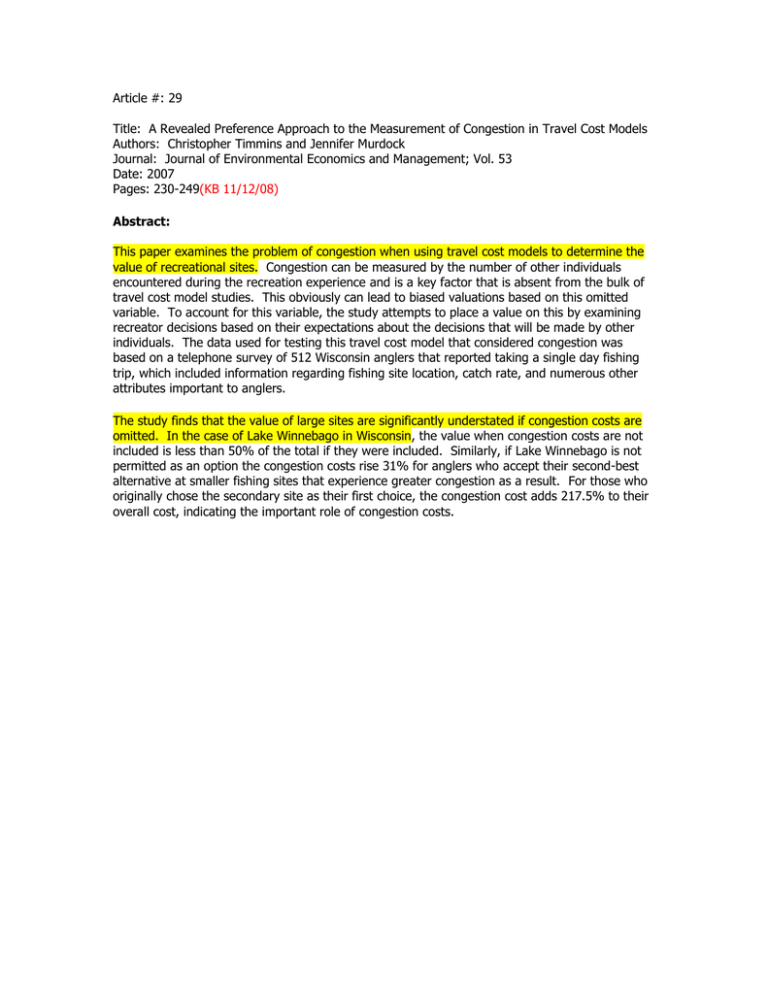
Article #: 29 Title: A Revealed Preference Approach to the Measurement of Congestion in Travel Cost Models Authors: Christopher Timmins and Jennifer Murdock Journal: Journal of Environmental Economics and Management; Vol. 53 Date: 2007 Pages: 230-249(KB 11/12/08) Abstract: This paper examines the problem of congestion when using travel cost models to determine the value of recreational sites. Congestion can be measured by the number of other individuals encountered during the recreation experience and is a key factor that is absent from the bulk of travel cost model studies. This obviously can lead to biased valuations based on this omitted variable. To account for this variable, the study attempts to place a value on this by examining recreator decisions based on their expectations about the decisions that will be made by other individuals. The data used for testing this travel cost model that considered congestion was based on a telephone survey of 512 Wisconsin anglers that reported taking a single day fishing trip, which included information regarding fishing site location, catch rate, and numerous other attributes important to anglers. The study finds that the value of large sites are significantly understated if congestion costs are omitted. In the case of Lake Winnebago in Wisconsin, the value when congestion costs are not included is less than 50% of the total if they were included. Similarly, if Lake Winnebago is not permitted as an option the congestion costs rise 31% for anglers who accept their second-best alternative at smaller fishing sites that experience greater congestion as a result. For those who originally chose the secondary site as their first choice, the congestion cost adds 217.5% to their overall cost, indicating the important role of congestion costs.


